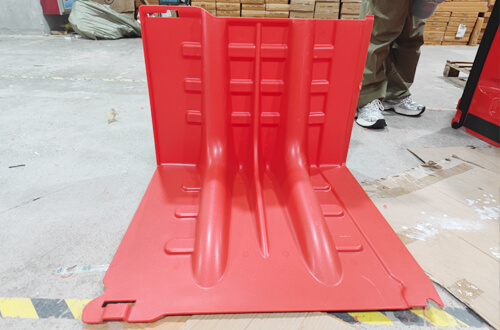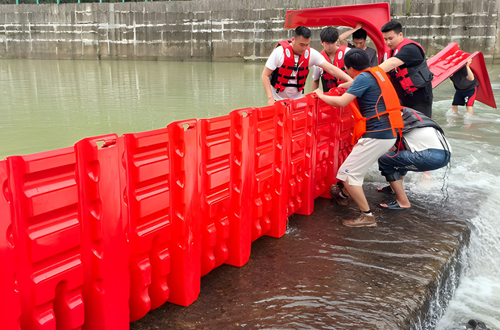
高速道路の安全にとって、なぜ質の高い交通ガードレールが重要なのでしょうか?
1.Safety Enhancement: It effectively prevents vehicles from straying off the roadway, thereby mitigating the risk of severe accidents and safeguarding passengers’ lives. The presence of guardrails serves as a physical barrier that not only deters errant vehicles but also provides an additional layer of protection for pedestrians and cyclists in proximity to roadways.
2.Impact Absorption: Capable of absorbing collision energy, it minimizes damage to both the vehicle and its occupants during an impact. This feature is particularly crucial in high-speed scenarios where even minor collisions can lead to significant injuries or fatalities. By dissipating kinetic energy, guardrails contribute to reducing the severity of accidents.
3.Traffic Management: Facilitates orderly traffic flow by keeping vehicles within designated lanes, enhancing overall traffic organization and reducing confusion. Effective traffic management through guardrail installation can lead to improved travel times and reduced congestion on busy roads, ultimately benefiting all road users.
4.Visibility: Typically coated in bright colors or constructed with reflective materials, ensuring high visibility for drivers, particularly at night or under adverse weather conditions. Enhanced visibility aids drivers in recognizing potential hazards well in advance, allowing them more time to react appropriately.
5.Durability: Constructed from robust materials such as steel, it is designed to endure harsh environmental conditions and heavy usage over extended periods. This durability ensures that guardrails maintain their structural integrity despite exposure to elements like rain, snow, ice, UV radiation from sunlight, and other wear factors associated with vehicular traffic.
6.Cost-Effectiveness: In comparison to potential accident-related costs and damages, the installation and maintenance of guardrails represent a prudent investment in road safety. The long-term financial benefits include reduced medical expenses related to injuries sustained during accidents as well as lower insurance premiums due to fewer claims resulting from serious incidents.
7.Environmental Adaptability: Engineered to accommodate various terrains and road conditions provides consistent protection across diverse environments; this adaptability allows for effective implementation on highways winding through mountainous regions or flat plains alike while maintaining functionality regardless of geographical challenges.
8.Liability Reduction: Assists road authorities and infrastructure managers in minimizing liability associated with accidents resulting from roadway deviations by providing clear delineation between safe driving areas and hazardous zones; this proactive approach helps mitigate legal repercussions stemming from negligence claims related to inadequate safety measures on public roads.
Do not miss this opportunity to enhance highway safety; contact us today so we can collaborate on creating a safer driving environment for all! Engaging with experts who specialize in roadway design will ensure that your infrastructure meets modern safety standards while addressing specific local needs effectively.

気候変動や異常気象がますます深刻化する中で、都市の能力は、そのような気候変動や異常気象に対処するために必要不可欠なものとなっている。

素材と構造 1.優れた素材:一般的にABSプラスチックから構成され、この材料は、...

地球温暖化によって異常気象が増加し、大雨による洪水や洪水...

アルミ製洪水障壁 通常、押出成形により6063アルミニウム合金(側柱を含む)で作られる。 D...

アルミニウムとABSの洪水バリアには、素材や性能の面で大きな違いがある。